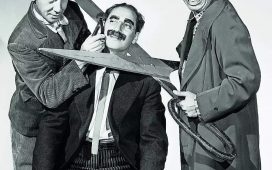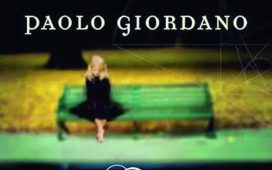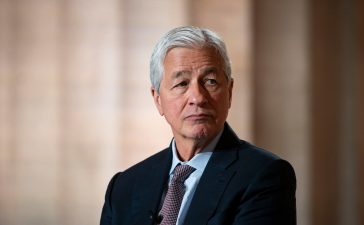
Any Bengali, millennials included, worth his salt and her slice of lime will tell you that the great ‘matinee idol’ passed away in 1980. They will also tell you how the great man exuded charm and appeal, which is believed to be transcendental. I suspect that the ‘Uttam Kumar’ voice I heard in the Metro was AI-generated, rather than a manifestation of an elaborate planchette.
The main character of Mukherji’s film currently playing in theatres is portrayed using old B&W footage featuring Uttam Kumar. The screenwriter-filmmaker painstakingly selected clips and dialogues from 56 of Uttam Kumar’s films, and reportedly hired an AI company to ‘clone’ the actor’s voice, even deliver dialogues in this movie that the actor may have never uttered.
Bringing deceased actors back using CGI and VFX is increasingly becoming popular in films, especially biopics. Take Carrie Fisher as Princess/General Leia in the 2019 Star Wars film, The Rise of Skywalker, where the actress, who passed away in 2016, is ‘brought back to life via repurposed unreleased footage from the 2015 Star Wars film, The Force Awakens. Laurence Olivier, who had passed away more than a decade before the film, makes his appearance as a villain in Kerry Conran’s 2004 SF-action film, Sky Captain and the World of Tomorrow. The late Peter Cushing joins Fisher through digital resurrection in the 2016 Star Wars film, Rogue One. Paul Walker ‘returns from the dead’ in the 2015 action film Furious 7 two years after his demise.
After appearing in three critically praised films, 24-year-old James Dean died in a car accident in 1955. He will soon reappear on the screen through digital clones. Sadly, Marilyn Monroe’s unfinished film, Something’s Got to Give, was shelved following her passing in 1962. Can that be brought back to live now?
Whether it’s to honour a beloved figure, complete an unfinished performance, or capitalise on an actor’s enduring popularity, such endeavours prompt both fascinating possibilities and ethical concerns. In a 1991 commercial, Coca-Cola brought back Louis Armstrong, Humphrey Bogart and James Cagney to help Elton John promote Diet Coke. America’s Artists Rights Foundation’s executive director Keith LaQua called the ad ‘an Orwellian picture of what can happen is here, now.’ Well, LaQua had little idea what lay ahead. Twenty years after her death, Audrey Hepburn was resurrected in a Galaxy chocolate ad in 2013. Fred Astaire, who passed away in 1987, promoted Dirt Devil vacuum cleaners in 1997. The possibilities are limitless. Paul McCartney relied on AI to create the ‘last’ Beatles record, which featured vocals from McCartney and the late John Lennon – who died the same year as Uttam Kumar.’I could be hit by a bus tomorrow and that’s it. But my performances can go on and on and on,’ Tom Hanks had said recently. FX, CGI, AI – indeed, deep fake – puts a fresh twist to Hank‘s point.
But then, why recruit an actor – say, Pankaj Tripathi in the new Ravi Jadhav Atal Bihari Vajpayee biopic, Main Atal Hoon – if a deceased subject can be resurrected? The fear of AI replacing human actors orchestrated the Hollywood actors’ and screenwriters’ strike last year, even as many contend that AI will also give rise to lots of other technical and film industry-related jobs.
The Hepburn choc advert was deemed ‘insulting’ by some for turning one of the classiest icons into a ‘glassy-eyed, chocolate-loving robot’. Likewise, Bruce Lee was brought back in 2014, more than 30 years after his passing, in a Johnnie Walker whisky commercial, which sparked controversy – Lee was a teetotaller.
A dead celebrity’s executor can decide how their archival photos and videos are used after their death. But what if an actor of serious drama is suddenly featured in a biscuit commercial, or even pornography? Which is, perhaps, why Robin Williams executed a will restricting the use of his likeness after his death. But that limit expires in 25 years.










